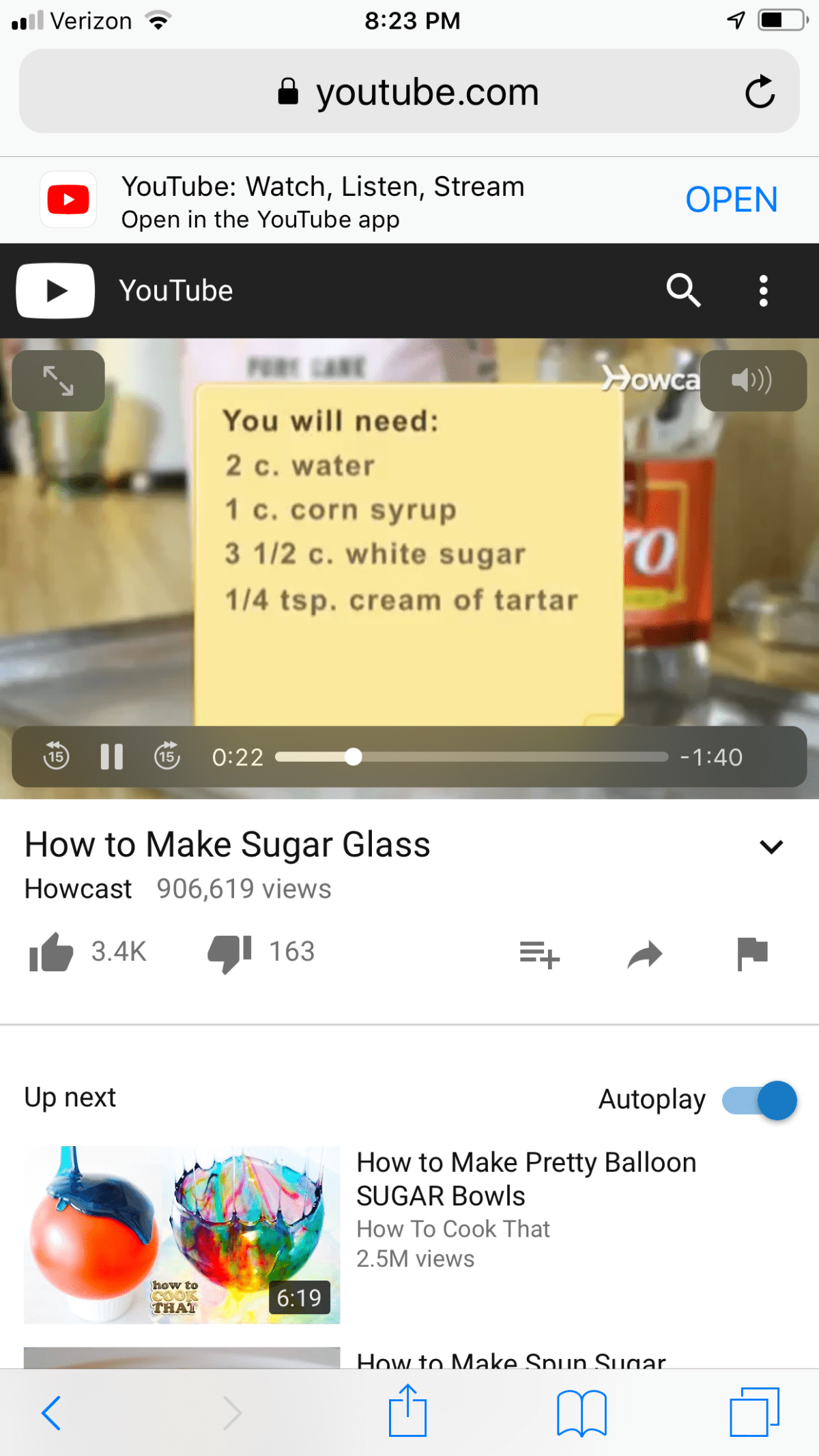Cooking with Kids: Sugar Glass Creations
Ok, this isn’t so much a recipe as a science experiment that you can eat. I’m always looking for ways to engage the kids in learning, and double bonus if it results in something yummy!
Babygirl and I will sometimes flip through a food magazine at bedtime, discussing recipes. For 90% of the featured meals and sides, Babygirl’s take is “Ew, gross, I would never eat that.” Desserts, however, are studied closely. She saw this recipe for Snow Globe Cookies in the January Food Network magazine, and decided we HAD to make these (and no, I get nothing from them or anyone for the brand mention, it’s just what we were reading).

I forgot about it, of course, but she did not. Every day for a week she asked me when we were going to make these. So on a Saturday when we had no evening plans, we decided to go for it.
I made many major changes to this recipe, but we definitely were inspired by the photo, and we used their method to create the sandwiched cookies.
Instead of gingerbread cookies, we made regular old sugar cookies cut into “donut” shapes using a large and a small cup. We used the basic sugar cookie recipe that can be found anywhere: Here is an example. We bake and decorate these for basically every season, and the kids have the steps memorized. Babygirl gets a kick out of using the mixer:

The “glass” in the actual magazine recipe was melted clear mint candies. I don’t recall seeing these anywhere, except served with the check at cheesy Italian restaurants in the 1980’s.
But without clear mint candies, how do you proceed? This is where my clinician-researcher brain gets excited. Problem: How do you make edible glass from scratch? Answer: Check out about all the Pinterest posts and YouTube videos on this.
This Howcast video was very good, which is probably why it has almost a million views. We followed it exactly, and wow, very impressed with the results. I’m pasting the ingredients list below.
Of course when we decided to make these, I realized we had no corn syrup in the house, so we texted all of our neighbors, and someone actually had a full bottle handy! Which we pretty much used up (sorry, I’ll get you a new one).

The cooking part takes forever, it really does. Well, a little over an hour, anyways. The kids watched a movie while I monitored our experiment. I read up on the underlying chemical process while I stirred: This is basically the same process used to transform pure sand into real glass. The sugar is heated until it’s molten, then cooled until it’s hard. the corn syrup and cream of tartar are essential to prevent the sugar in the solution from re-crystalizing. Achieving a temperature of at least 290 degrees F is critical. I was thankful that I own a cool digital candy thermometer, for just these occasions:


When the temperature neared 290, the solution started to turn a little yellowy-brown. I decided to drop a little blue food coloring in, to achieve an icy effect. This backfired, since duh, yellow and blue make green. Babygirl said she liked the green, however, and we made it work.
I ladled the syrup into the holes of the cookies, and let them cool and harden. This happened pretty quickly! But I used the time to make a basic buttercream frosting for “gluing” the cookie layers together. (I also always have unsalted butter, confectioner’s sugar, and vanilla on hand, for just such occasions.) Then we sandwiched the cookies as in the magazine recipe, using white sprinkles for snow, and voila!


We had so much syrup, we decided to also make edible glass seashells, using a silicone mold. This was very easy, just ladled syrup into the mold and let it harden overnight:

The best creation, however, was the edible sea glass. With the last remaining syrup, we made a sheet of “glass”, and the kids had a great time shattering that into shards. These we poured into a gallon plastic bag with some confectioner’s sugar, and it is very realistic:



And then we gifted all of it to family and neighbors.
Science is so freaking awesome!
